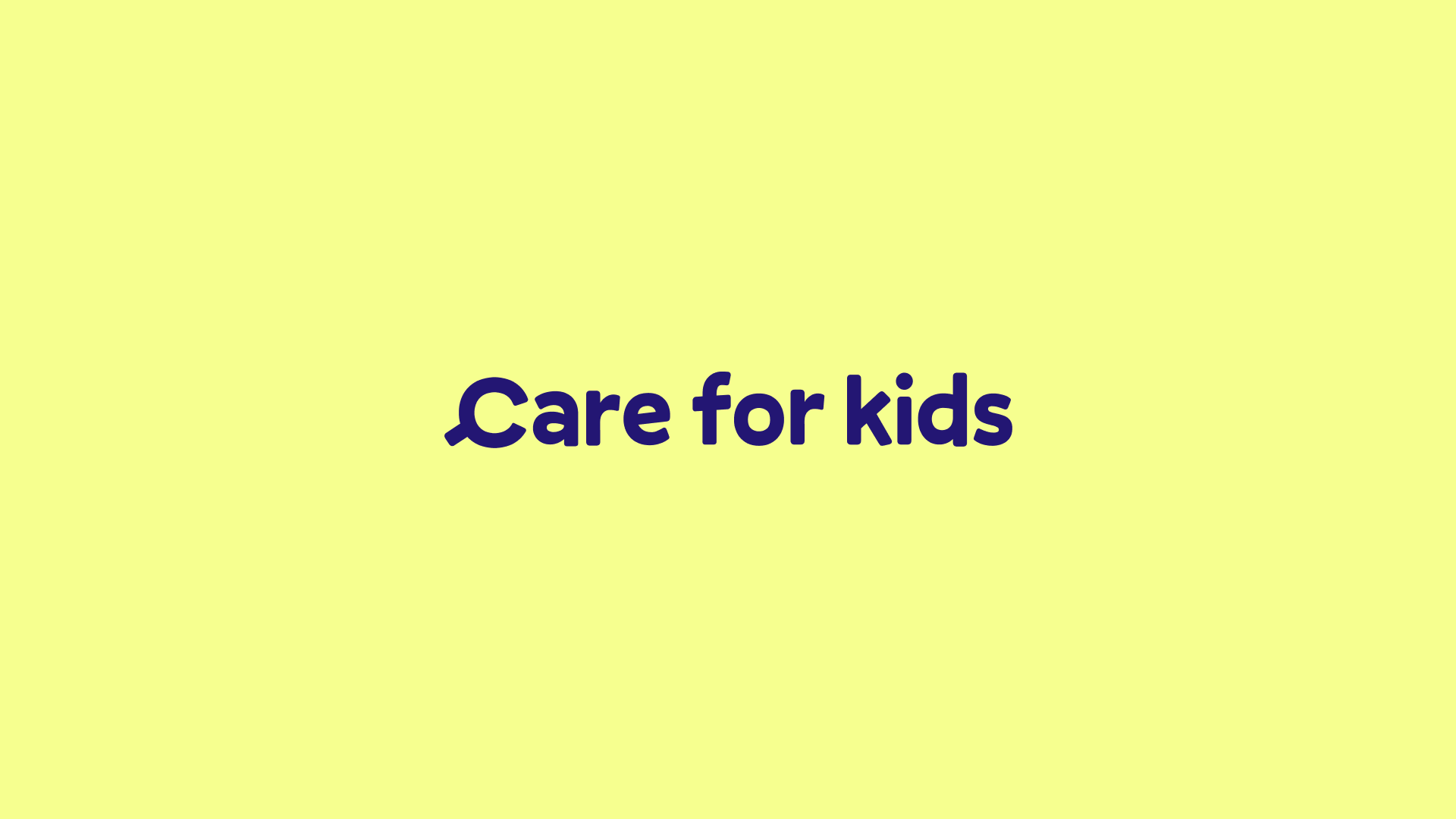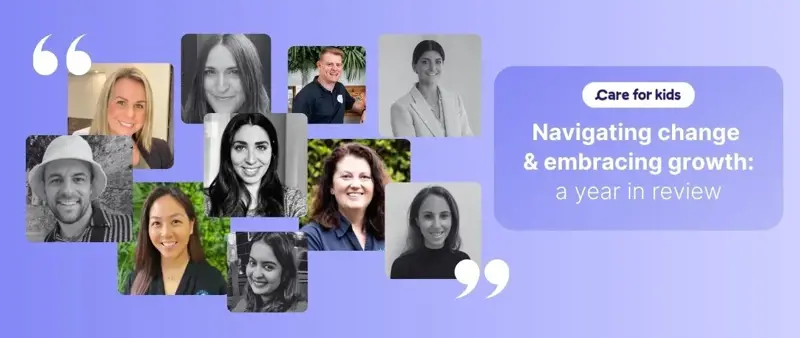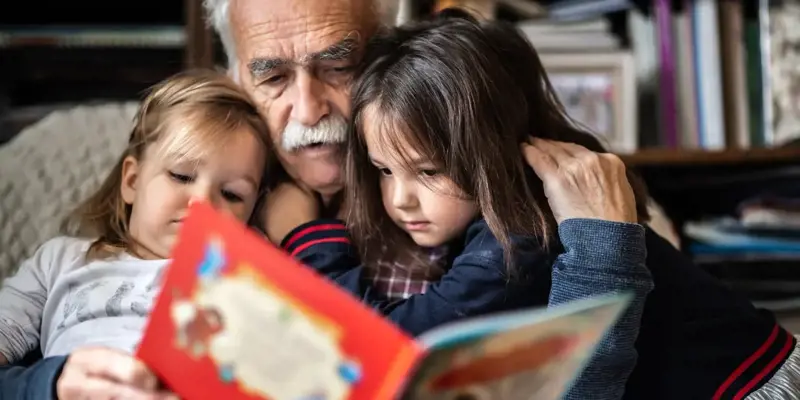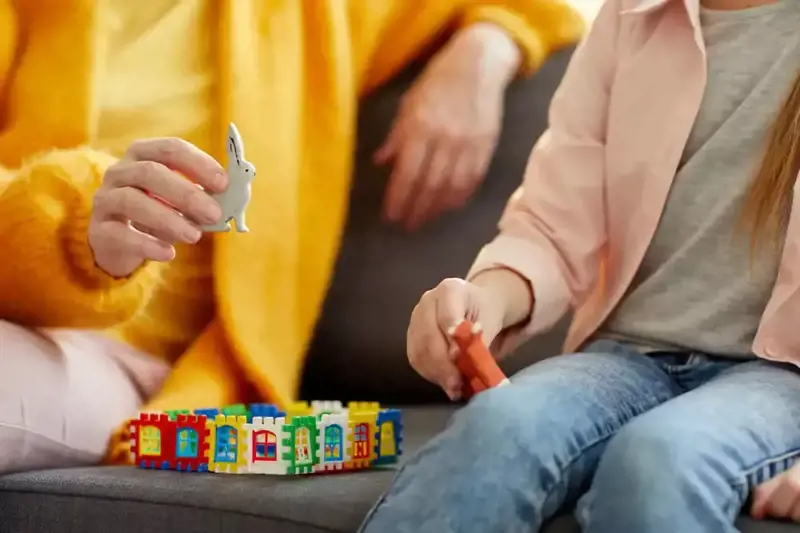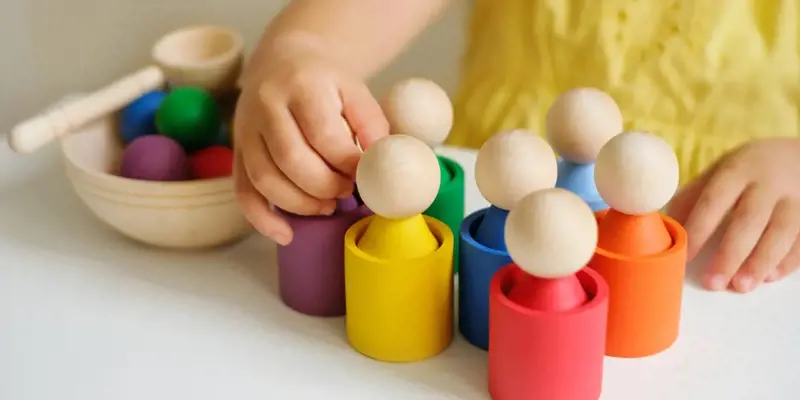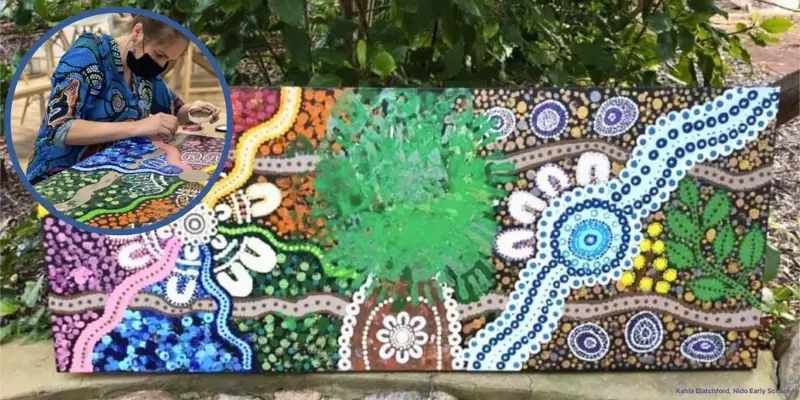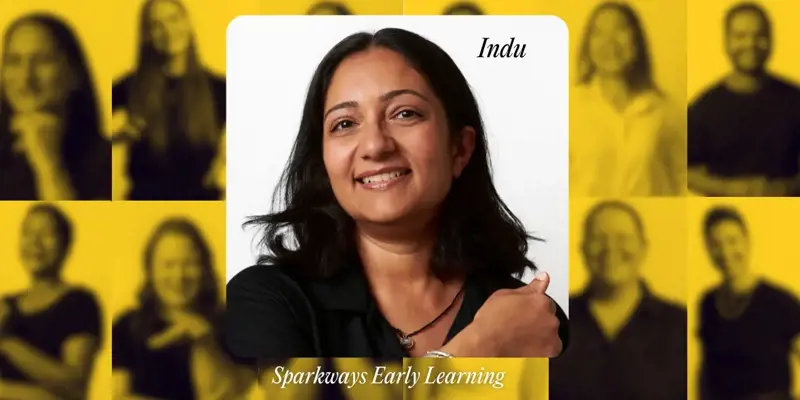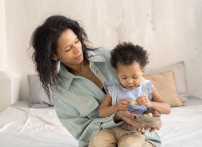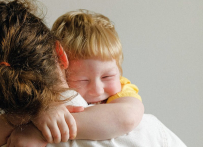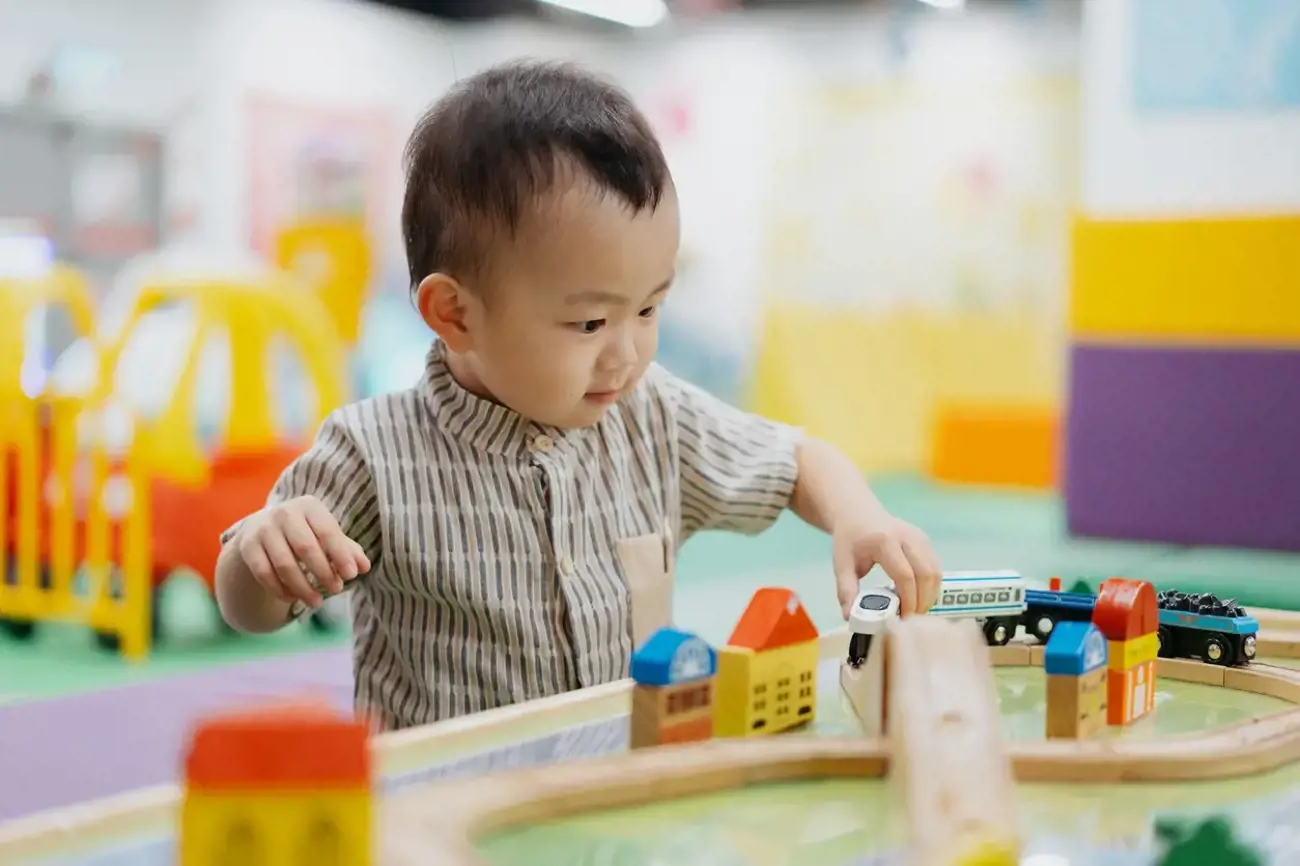Australia’s multicultural landscape means that many children grow up in bilingual or multilingual households. For some, English is their second or third language, and they may only encounter it when they begin their early childhood education and care (ECEC). Supporting these children requires a careful balance of helping them learn English while valuing and nurturing their home language. This not only fosters a welcoming environment but also enriches their cultural identity and development.
Understanding Bilingual Development
Bilingual children may acquire their languages in one of two main ways:
- Simultaneous acquisition, where they learn both languages at the same time, often using one language with each parent.
- Sequential acquisition, where a child learns one language first and then gradually picks up a second, typically in a different setting, such as school or daycare.
It’s important to note that learning a second language is a gradual process, and it’s normal for children to be quiet or reserved at first as they adjust. This is part of their natural language acquisition process. Educators should offer non-verbal cues, such as pointing or using visual aids, and allow children time to observe before expecting them to speak.
Practical Strategies for Educators and Parents
To support bilingual children effectively, both parents and educators should work together, with a shared understanding of how best to approach language learning. Here are some strategies that can help:
Engage with Families
When enrolling bilingual children, educators should take the time to learn about the languages spoken at home and ask parents how they would prefer these languages to be used at the service. Understanding a child’s home language helps create a stronger connection between home and the educational environment.
Provide Multilingual Resources
Bookshelves should be stocked with a variety of age-appropriate books in the languages spoken by the children. Look for resources that include audio elements or apps to help with pronunciation. Wordless books are especially useful for multilingual classrooms, as they encourage creative storytelling and language use.
Cultural and Linguistic Displays
Incorporating culturally meaningful resources into the classroom is essential. Families can be asked to contribute photos, books, or other materials that reflect the child’s cultural background. These items can be used to create personalized posters or class books, and labels in both English and the child’s home language can be added to build vocabulary in a meaningful context.
Encourage Language Learning through Music and Play
Music is a powerful tool in language learning. Educators can play songs from different countries in various languages and invite families to share their favorites. Additionally, non-verbal activities, such as sensory play, picture-matching, and sand play, offer opportunities for children to engage and interact without the pressure of language.
Learn Key Words in the Child's Home Language
Educators can learn a few key words or phrases in the child’s home language, such as "hello," "thank you," "eat," and "play." This helps the child feel more at ease and shows respect for their home culture, which can significantly enhance their sense of security and belonging.
Use Communication Boards
In cases where verbal communication is challenging, educators can create picture communication boards to help children express their needs and feelings. Visual cues of emotions, routines, and activities can aid understanding and encourage interaction.
Supporting Bilingualism in Practice
Educators should acknowledge that every bilingual child is unique, with different needs and strengths. By observing and listening to the child, educators can better support their language development. For instance, it’s important not to pressure a child to speak before they are ready, but rather to offer praise and encouragement when they show interest in engaging with the group.
Furthermore, incorporating culturally relevant activities based on the child’s interests can help them feel more connected to the learning environment. For example, if a child has a particular interest in a cultural tradition or family activity, bringing that into the learning process can help bridge the gap between home and school.
Opportunities for Language Learning
Australia is a nation rich in cultural diversity, and bilingual education can help children appreciate this diversity from a young age. Some early childhood services even offer dedicated language programs. For instance, Melbourne’s Kimmba Bilingual Early Learning Centre offers Mandarin, Spanish, and German classes, while Sesame Lane in Queensland provides a Japanese Language Program. Such programs allow children to learn a second or even third language in a structured, supportive setting.
The Role of ELLA
A great way to introduce young children to a second language is through the ELLA (Early Learning Languages Australia) program. This digital, play-based language learning initiative is offered to preschools across Australia and allows children to learn a variety of languages, including Arabic, Mandarin, French, and Spanish, through engaging apps and games. The ELLA program has expanded to include languages such as Vietnamese, Turkish, Korean, and German, giving preschoolers even more opportunities to explore and embrace different cultures.
Conclusion
Supporting bilingual children in early childhood education is not just about helping them learn English; it’s about nurturing their home language and cultural identity. Through thoughtful, inclusive strategies, educators and families can help bilingual children thrive in an environment that values diversity and fosters learning in multiple languages. Whether through family involvement, culturally relevant resources, or language programs, there are many ways to support bilingual children as they grow and learn.
Finally, let’s not forget that International Mother Language Day on 21 February reminds us of the importance of preserving and celebrating linguistic diversity—a fitting opportunity to reflect on the richness of language and culture in our communities.



